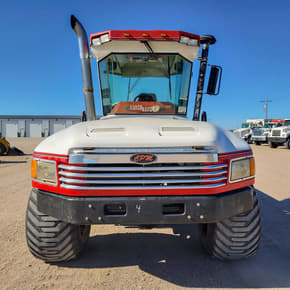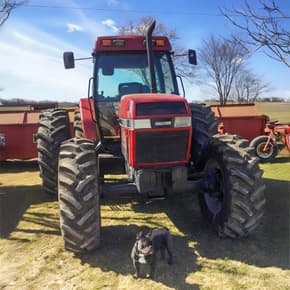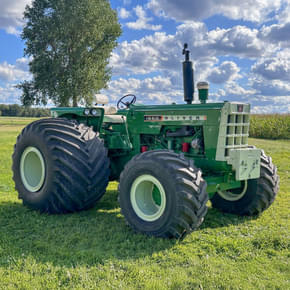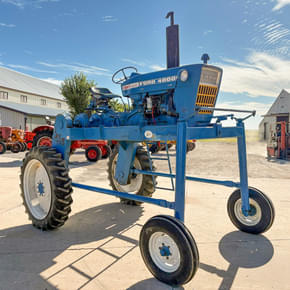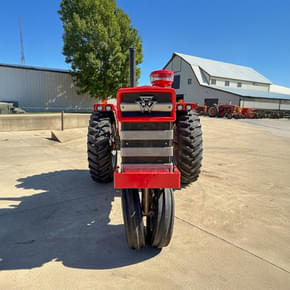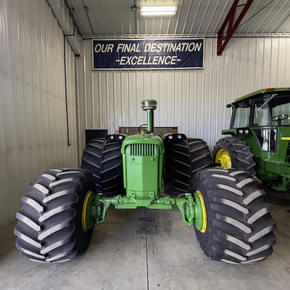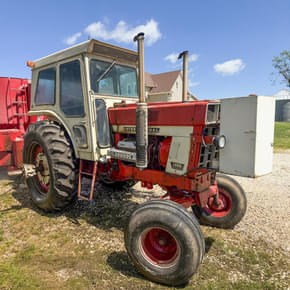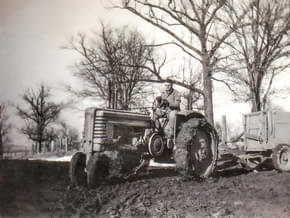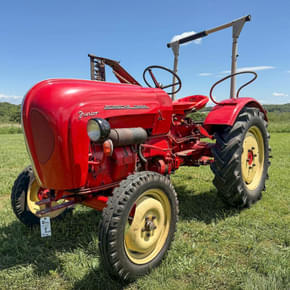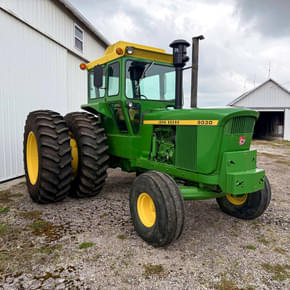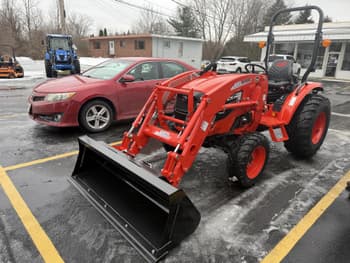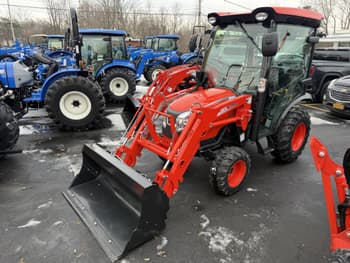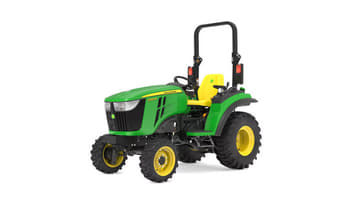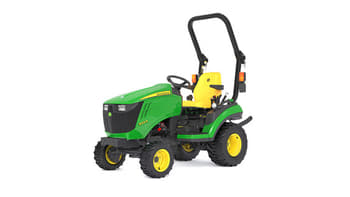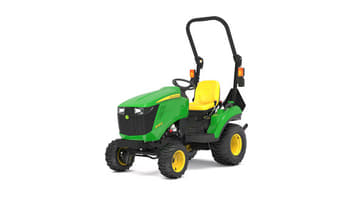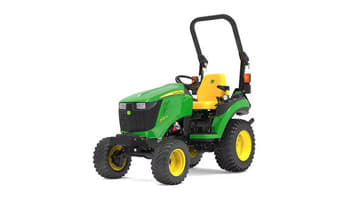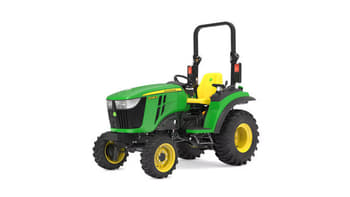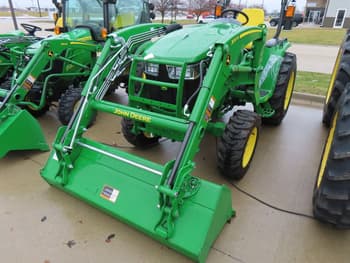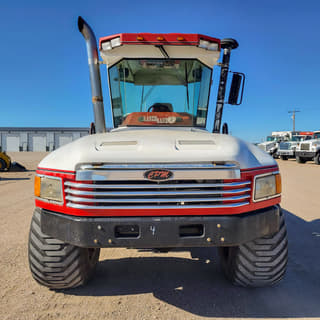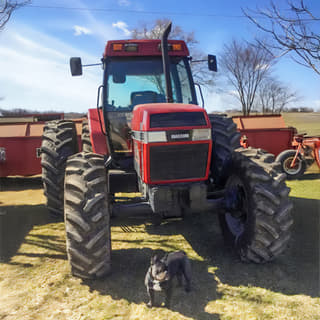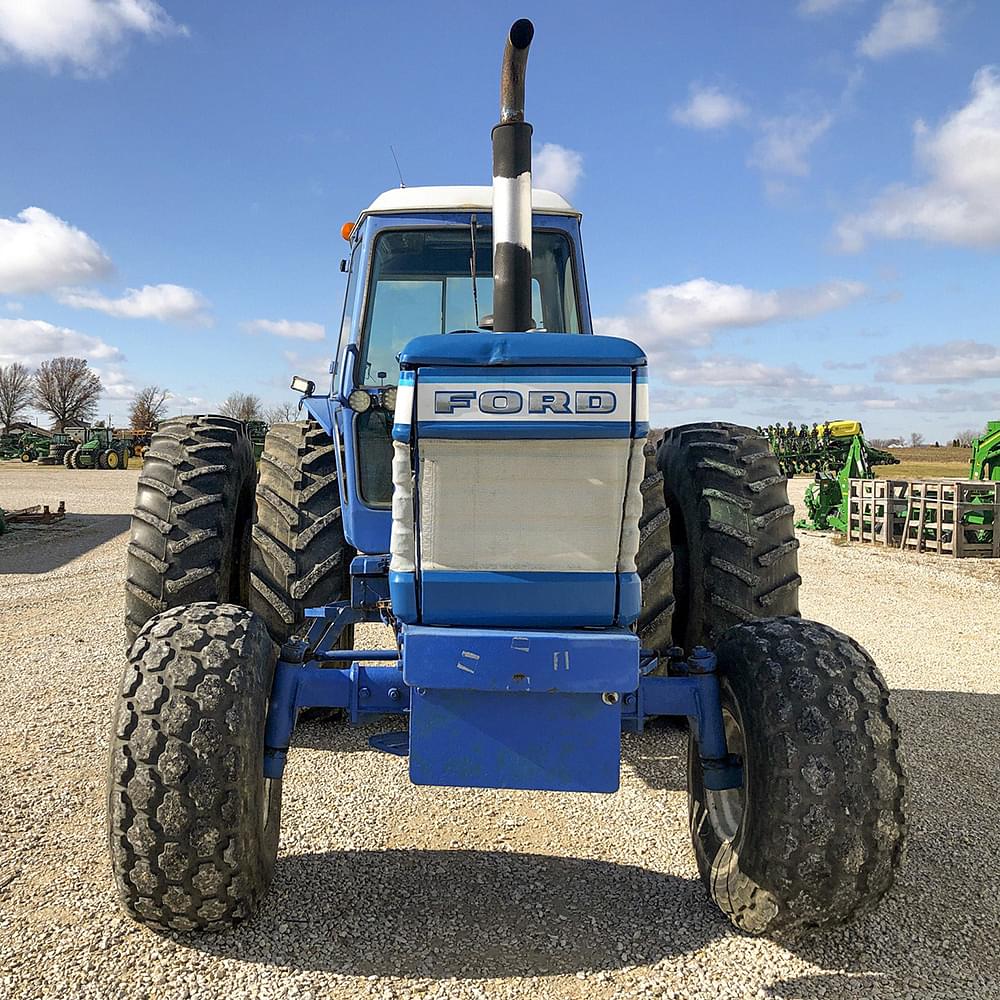 +
+
Ford TW-30s listed on Tractor Zoom.
The early 1970s were a great time to be in the tractor business. Farms were expanding, and along with that, the need for more horsepower was greater than ever. If you were a company building tractors, it was a golden opportunity for innovation as well as profit.
Ford was right there in the mix – especially in mid-sized tractors. However, I don’t think that American farmers saw them as a major player in the bigger row-crop game. In their day, the 8000/9000-series machines (including the 8700 and 9700) were good, reliable machines that would do what was asked of them. Still, they never really set the world on fire, y’know?
For Ford, that wasn’t good enough. They knew that if they were going to make a long-term run at the tractor business, they needed two things; a lineup of 4WDs, and a big row-crop 2WD that turned 165ish horsepower on the PTO dyno.
They solved the 4WD problem with a few phone calls to Fargo. For the 1977 model year, Steiger built a lineup of Cummins V8-powered Series III Panthers wearing black, white, and Ford blue.
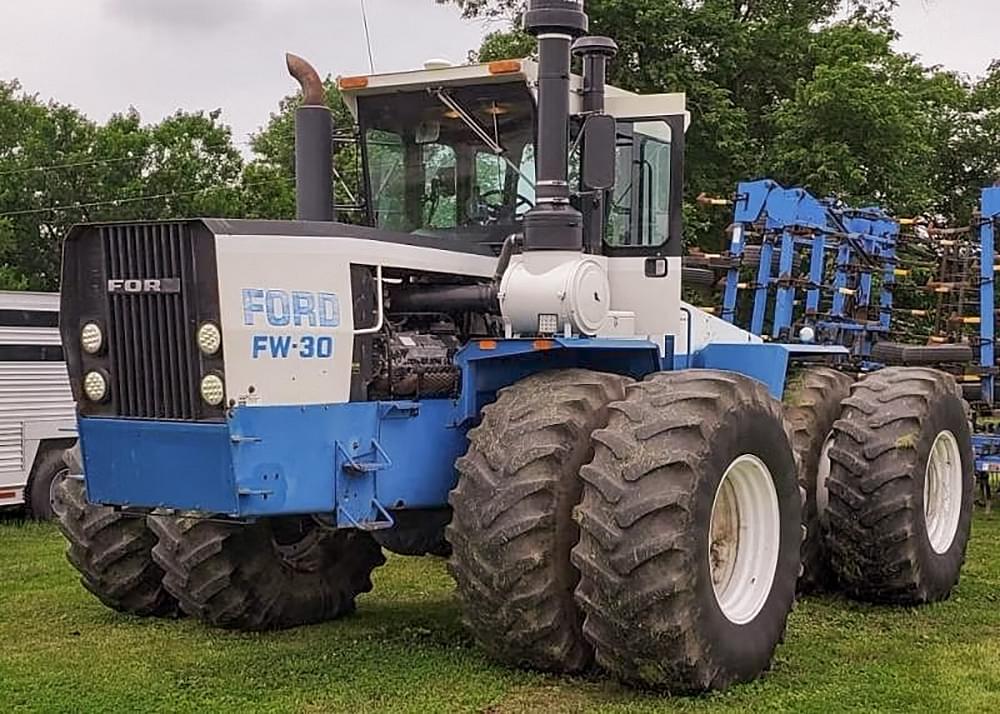
The big 2WD, though…that was another project. The TW lineup wouldn’t launch until February 1979, but for many, the wait was definitely worth it.
Building a beast…
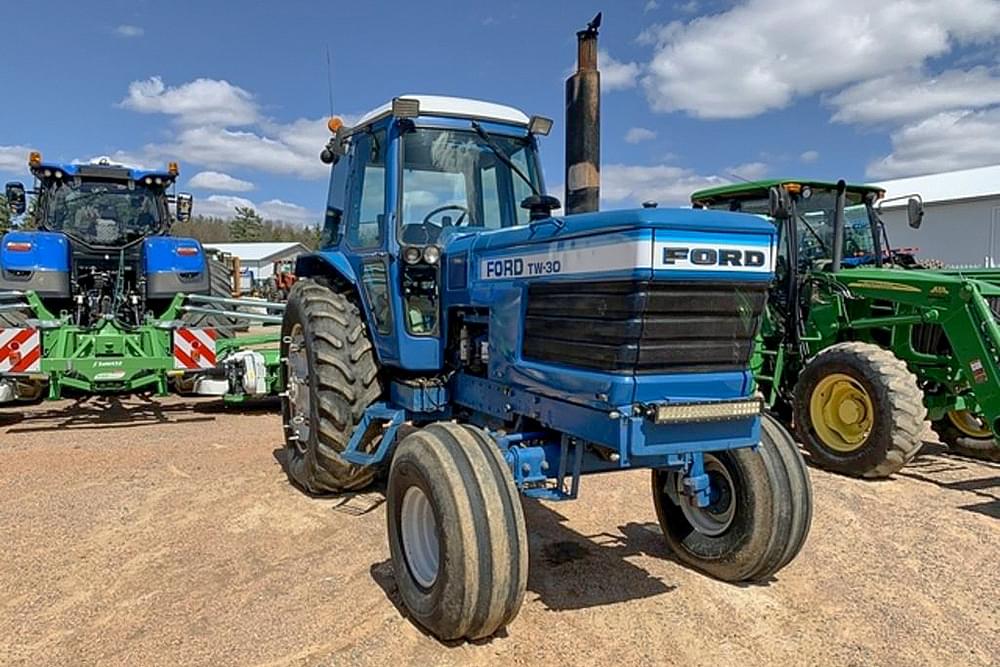
No sooner had the 8700 and 9700 launched in 1977, Ford started work on the TW line. The small-frame TW-10 and TW-20s replaced the 8700 and 9700 respectively. However, the TW-30 was a different animal.
The TW tractors all used Ford’s tried and true 401 cubic inch inline six cylinder. The motor was already ten years old at the time, but it was overbuilt from the start, and it created pretty impressive horsepower numbers. However, the TW-30 had a high horsepower goal. The engineers didn’t feel that they could pour enough fuel and air to the motor to get there. The more air you compress and stuff into the motor, the more heat you build…and heat is the enemy of horsepower.
So, how do you overcome a problem like that?
You beef up the onboard cooling systems, tweak the block a little so you can run more water through it, give it more fuel, and let Mother Nature do the rest.
(There was a lot more to it than that, if I’m being honest. Sherry Schaeffer has written a couple of great articles about the TW-30 and modifications made to the 401 for Heritage Iron. You can pick up issues 75 and 85 on their website.)
How Mother Nature helped…
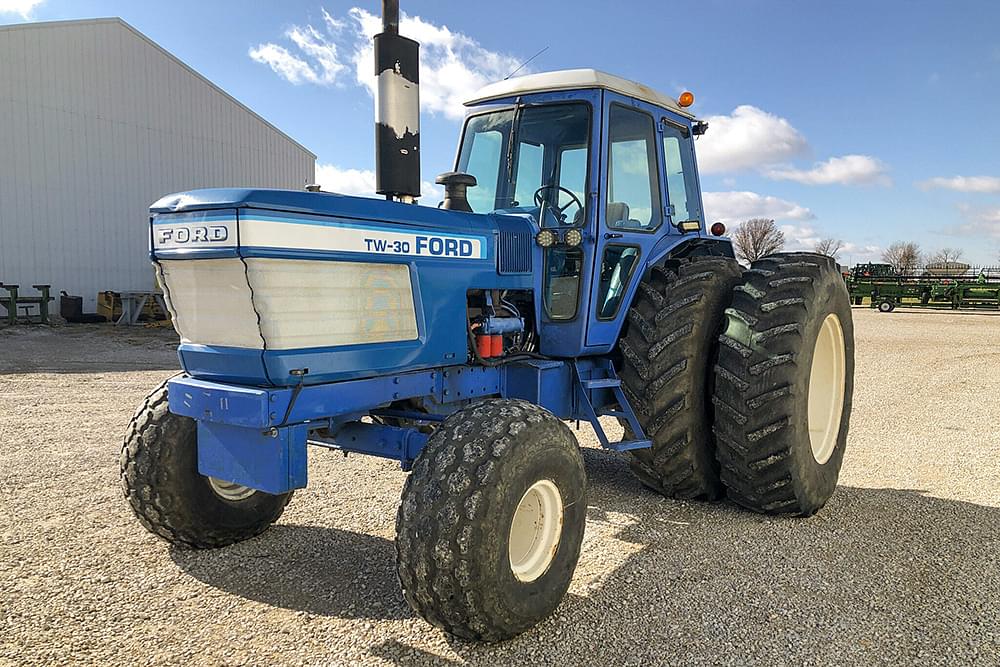
Engine and cooling systems aside, the biggest innovation Ford launched with the TW-30 was the intercooler. Basically, an intercooler’s only job is to cool down the compressed air that the turbocharger creates. The way Ford did it with the TW-30 was an industry first.
After some testing of several different types, they chose an air-to-air setup – with a twist. Air-to-air intercoolers use ambient air (i.e., Mother Nature) to cool the air from the charger. This works great in a car or truck running at highway speeds, because the ambient air is coming into the system at a fairly high rate of speed. However, when you’re in a tractor running six miles an hour, that’s a little different. Six mile per hour air doesn’t cool nearly as well as seventy mile per hour air, y’know?
So, Ford added a little bitty fan fed by the turbo to act as a turbine to accelerate that air. It worked great, too; the air came in through the louvers on the left side of the hood, hit the fan, cooled the air in the turbo piping, and out the louvers on the right side of the hood. According to Ford, the intercooler could lower intake temperatures 126°, and still worked even when the louvers were gunked up!
Was it the most efficient system? Probably not. An air-to-water intercooler (basically a radiator) would’ve been lots more efficient. Water cools heat a lot better than air, but an air-t0-water intercooler is a lot bigger and more complex than the alternative. It’s more to maintain and more systems that can potentially fail. Air-to-air is much simpler. Simple solutions for the win!
The rest of the tractor…
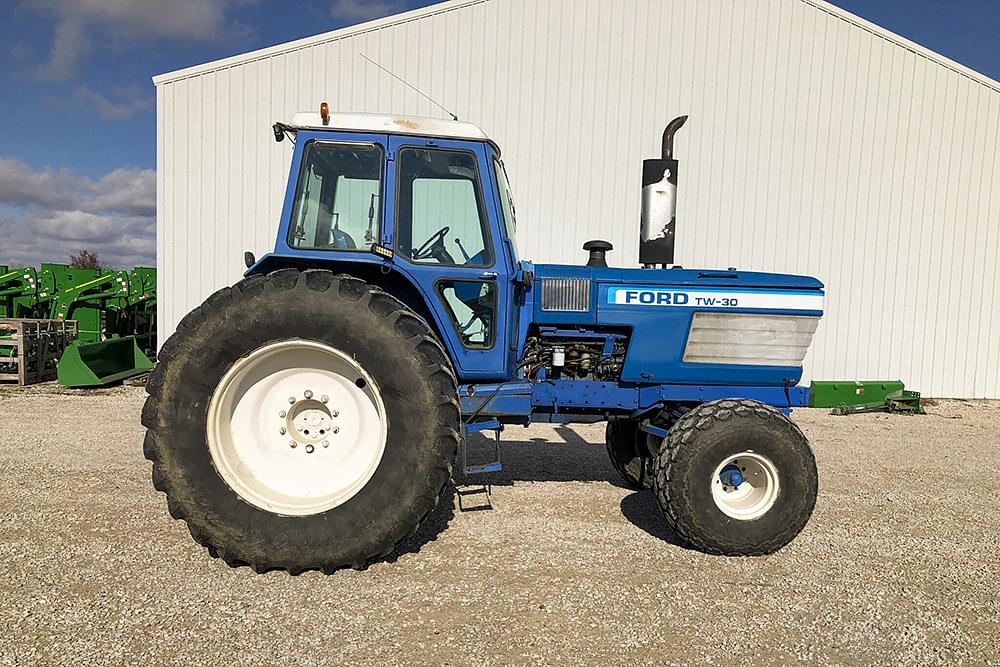
It wasn’t just the engine itself that was re-worked and beefed up, though. The supporting systems around it were modified as well. For instance, Ford wanted to increase the oil change interval in the TW tractors to 150 hours. By innovating the design of the oil cooler, changing its location, and increasing its capacity, they were able to make to nearly 200 hours before the engine oil started to break down.
The TW-30 harnessed the power through a Dual-Power gearbox (16F/4R). It was similar to Harvester’s T/A, except that it was foot-operated. Hitting the pedal would put you into Power Drive, slowing ground speed by 22% but giving you 28% more grunt for soft spots in the field, etc.
TW-30s were also available with a mechanical front axle. They worked pretty well, and added about 1000 pounds to the weight of the tractor. At $9400, it wasn’t a cheap option, but one that definitely paid off for those who pony’d up.
Ford moved the fuel tank assembly to the nose of the tractor, which helped with ballast. The primary tank held 75 gallons, and if equipped, the secondary added 25 gallons more. You’ll also notice that TW-30s don’t have a traditional weight rack. Ford redesigned and relocated the weight rack so it sits below the frame just forward of the front axle. It probably wasn’t quite as user-friendly as slingin’ suitcase weights on a traditional weight rack. However, at 175 inches long, Ford didn’t want to add another foot or more to the overall length.
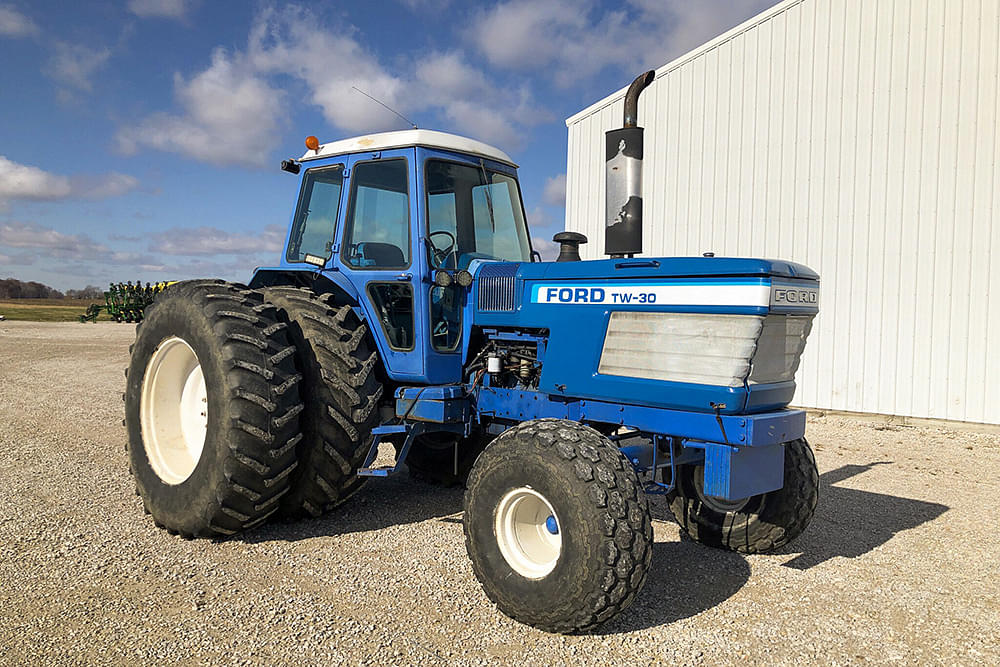
Lastly, the side panels on the tractor are pretty intelligently-designed too. They’re hinged so they’ll fly upwards, but they also ride on rollers, so you can move them forward and out of the way too. It even works with saddle tanks!
In the cab…
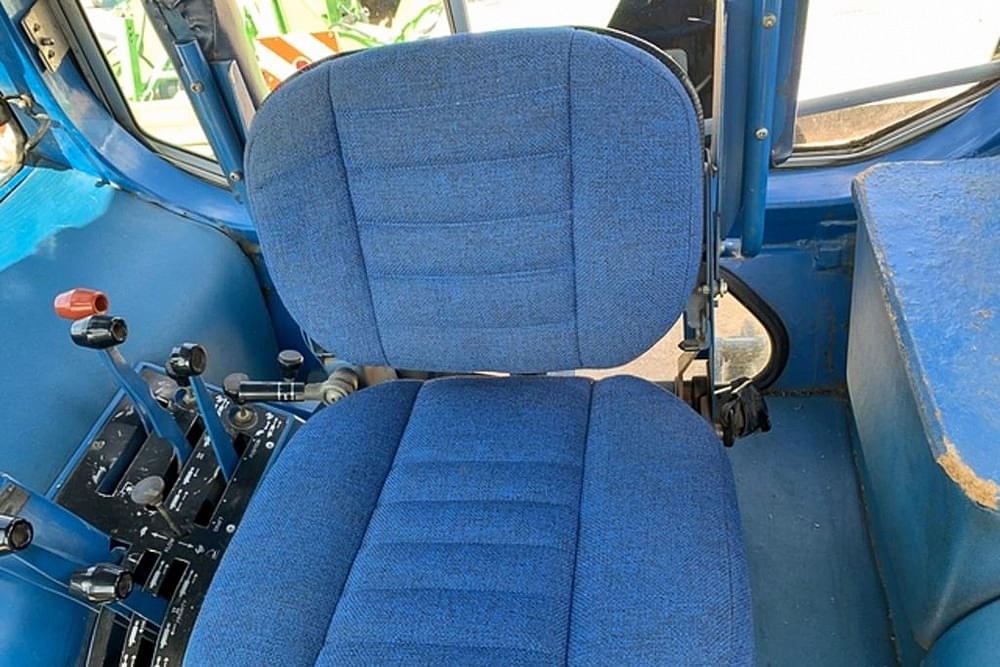
I don’t believe the TW tractors were the first ones to get a Ford-built, integral cab, but they were one of the first. By this point, every major manufacturer was building cabs in-house, and from all I’ve been told, Ford’s “Q-cab” was pretty good. I’ve never spent any time in one, but I know that earlier (and smaller) Ford tractors had shifters in between the operator’s legs, which is annoying. I suppose that’s probably a function of space available, but a flat floor with shifters and levers in a tidy arrangement on the right side is definitely a nicer layout! Doors on both sides, though probably not used as much as Ford figured they would, were handy. Creature comforts were nice, too – good seat, tilt/telescoping wheel, heat and AC, radio, etc.
Overall, for the time, the Ford cab was a nice place to be. Granted, it pales in comparison to what we have now. However, compared to what we had before, it was a massive improvement!
Sales
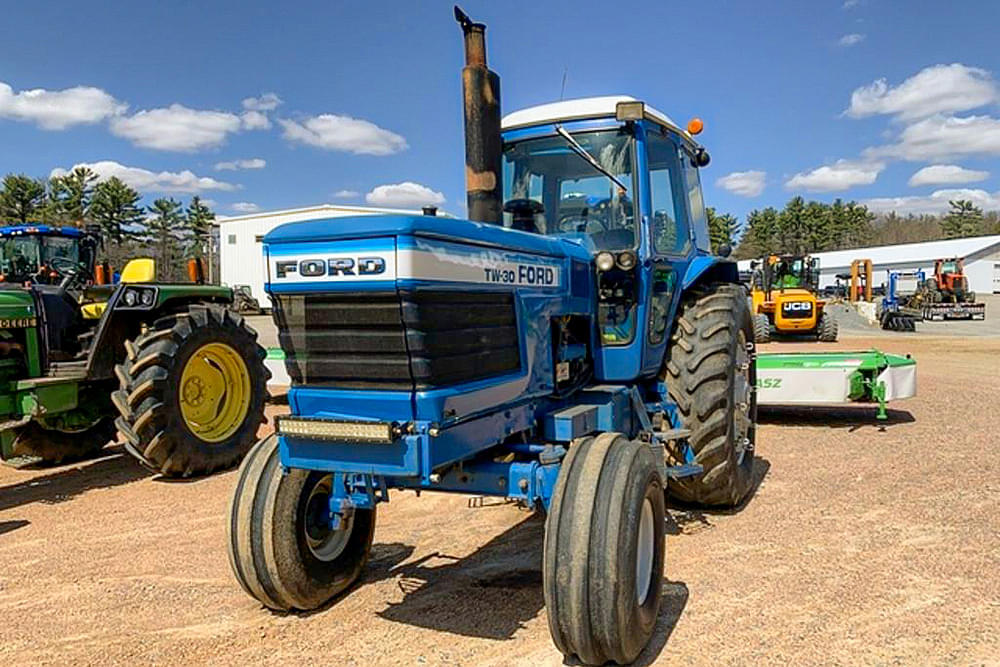
When it launched, the big Ford had some pretty stout competition. The TW-30, John Deere 4640, IH 1486, AC 7060, White 2-155, Case 2390, and Massey 2775 all played in the 160(ish) PTO horsepower arena. However, for being a late-comer to the market, the TW-30 competed reasonably well. I wish I could share production numbers, but to the best of my knowledge, those numbers haven’t ever been made public. At the end of the day, the 4640 was the real standout in that group from a sales perspective, selling close to 25000 tractors before launching the 4650. Still, the TW-30 was – and still is – a pretty stout example of what Ford was capable of building, and I think it earned them a seat at the big kids’ table, as far as manufacturers go.
The TW-30s aren’t perfect; they’ve had their share of issues over the last 40-some years. PTO clutches go out, hydraulics can get finicky, transmissions break on the high or the low side, etc. But…the last one of those tractors to roll off the line in Romeo, MI is over 40 years old. Stuff breaks. It’s part of the game. Plenty of 4640s have come apart too, y’know?
Now, that all having been said…there are a couple of TW-30s in pretty good shape sitting on a couple of Tractor Zoom dealership partner lots that deserve a mention here.
The ones listed on Tractor Zoom…

The Hutson TW-30
While it’s not perfect, it’s in far better shape than a lot of these big ol’ Fords. I talked to Mike Renner, a sales guy at Hutson’s location in Jasper, IN, and asked him what he knew about it. He told me that it was on consignment from a farmer who farmed in the Washington, IN area, and that he’d had it for quite a few years. It’s got 7821 hours on it, and Mike believes those are correct. From what I gather, aside from some dings and dents, it’s a fairly clean tractor and it runs pretty well too. Nearly new 20.8s, too!
I wouldn’t swear to it, but there’s a half-decent chance that this tractor could be a one-owner. There was a Ford dealer in Washington back in the day, and it wouldn’t shock me at all if this tractor was originally purchased at that dealership. Incidentally, that dealership also sold Claas equipment. I’m told that there are still a few old 105 Dominator combines in the area!
If you’re interested in this one, hit this link to see the listing!
The Hutson TW-30
The other TW-30 is in central Wisconsin.
The Swiderski TW-30

I talked to Mike Lang at Swiderski Equipment’s location in Mosinee, WI the other day about this tractor. Interestingly enough, it’s darn near identical hours. The original tach died at 7588 hours, and the replacement shows 288 as of today. If you add ’em up, it comes up to 7846 hours. It’s also on consignment. From what Mike told me, the consignor has used it mainly for running food plots and some acreage maintenance kind of stuff. It definitely hasn’t been run very hard, and it’s absurdly clean. Again, it’s a pretty strong runner. The only issue he noted was that the PTO runs and won’t shut off. He wasn’t entirely sure what the story was with it. Other than that, though, the tractor runs and drives very well.
It’s had a new cab kit installed, and it’s very clean (the photo up above showing the interior is this tractor). The sheet metal is nice and straight, and the paint is REALLY nice.
If you’re interested, check out the listing at the link below. If you give Mike a holler, tell him Ryan from Tractor Zoom sent you!
The Swiderski TW-30
Thanks again for reading! I’ll be back in a couple of weeks with another article, and I’m takin’ a road trip for this one! Stay tuned, and make it a great week!

